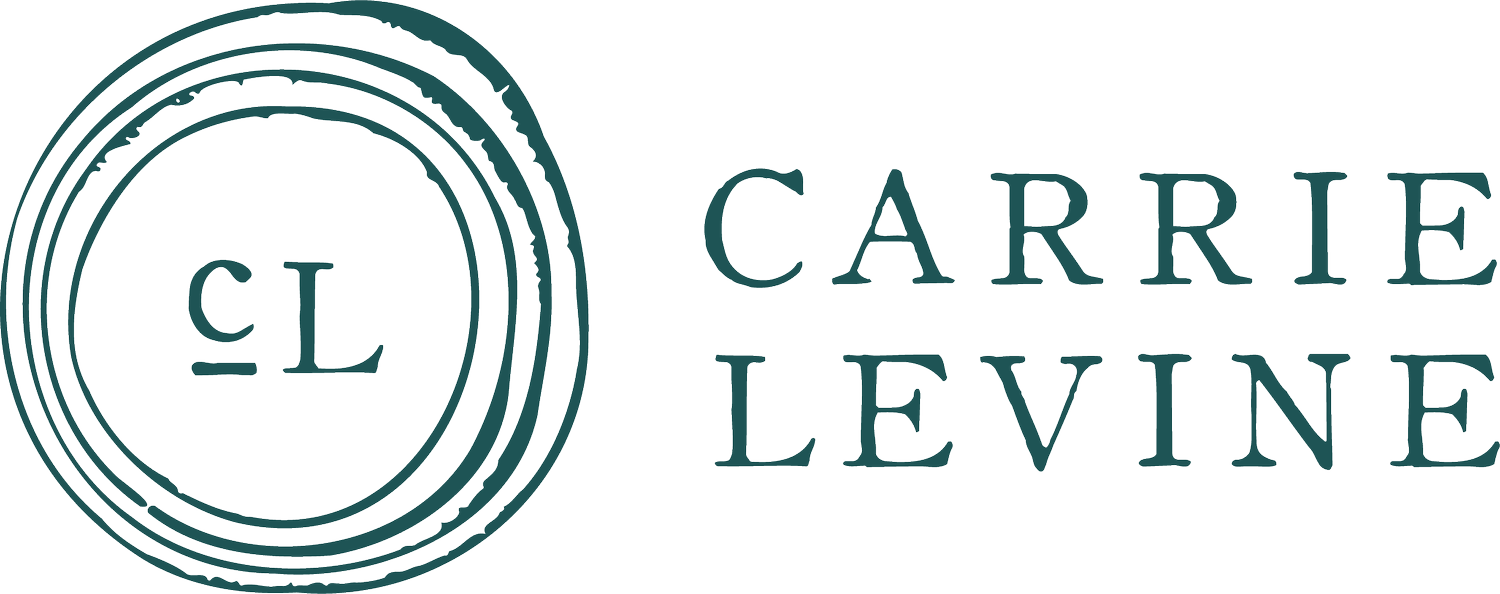Women Are Not Small Men: A Review of Stacy Sims', Ph.D., Book Roar
Do you have to lift weights for optimal wellness?
“Yes,” is Stacy T. Sims, Ph.D. resounding answer in her book Roar: How To Match Your Food And Fitness To Your Female Physiology For Optimum Performance, Great Health, And A Strong, Lean Body For Life. She might even retort with, why wouldn’t you? There is so much to gain from strength training!
A patient told me about Sims’ work which inspired my last blog. I want to share more after reading Roar because it is so packed with useful information. While a lot of the information is geared toward elite athletes, there is valuable information that warrants any woman taking the time to read this treasure.
Sims’ meme is “women are not small men,” so stop eating and training like them. She integrates the female physiology of all life stages with exercise science to explain why we don’t have success when we train like men. Our hormones influence how we strengthen, train, and compete. In Roar, menstruation, menopause, and pregnancy each get their own chapter. Her approach is functional and holistic. She addresses the interconnections between hormones, gut health, and the immune system.
Strength training using just our body weight makes it accessible and practical. For those of us less inclined to go to the gym, integrating bodyweight exercises like squats, planks, and jumping are sufficient to build tremendous strength. She encourages ditching the crunches, her rationale being we spend enough time hunched over computers. Planks are recommended for core strengthening.
Sims makes a case against intermittent fasting. She states that fasting increases our primary stress hormone (cortisol) levels, exacerbating an already elevated baseline of cortisol in the morning, promoting fat storage. This is a stark contrast to Dr. Sarah Gottfried’s platform in Women, Food, and Hormones. Dr. Gottfried recommends intermittent fasting, combined with a ketogenic diet and detoxification support, as crucial to restoring hormone balance and weight loss. I would love to hear them go head-to-head on this topic. It is imperative to personalize any nutrition recommendations from any expert. One-size-fits-all nutrition recommendations are no more effective than one-size-fits-all medications. If you try the intermittent fasting and feel good, great. If you try the intermittent fasting and feel terrible, try something different.
Someday, I hope to ski out west in the Rockies and to hike in Europe, so I especially appreciate Sims’ chapter on managing jet lag, being active at altitude, and managing cold temperatures.
There are a lot of food measurements in Roar which doesn’t necessarily apply to us, recreational athletes. There are, however, some excellent key takeaways, even if we’re not training for a triathlon:
Protein before and after exercise boosts muscle adaptation. Think a whey protein shake or a tablespoon of almond butter.
Eat complex carbohydrates, particularly in the morning, but always pair them with protein.
Elevated cortisol equals elevated fat storage.
“Hydration in the bottle, food in the pocket!”
To build strength without bulk, do power moves with heavy weights and low repetition.
Here is a quote from Sims answering one of the most common questions I get in the clinic AND the compelling reason for all of us – not just postmenopausal women – to lift weights:
“Why do postmenopausal women have such difficulty building and maintaining muscle? Because the high protein-synthesis rate in postmenopausal women is contracted by an even higher uptick in protein breakdown, the ratio is no longer balanced. Making matters more difficult, as estrogen drops, postmenopausal women, become less reactive to the muscle-making stimulus from resistance training and eating protein.”
Postmenopausal women break down muscle faster than when they were menstruating and they burn less fat. Estrogen levels decline as part of the normal aging process which results in increased insulin resistance. Increased insulin resistance triggers more fat storage.
Strength training is an antidote to muscle wasting and increased fat storage that occurs with the normal hormone shifts of aging. Start small – a few squats, maybe a few planks. Anything is better than nothing. Refer to Sims’ book for simple things to do at home if you are just getting started. Then, if and when you are wanting to, work with a certified trainer who understands the nuances of training women, because, in fact, we are not small men.

